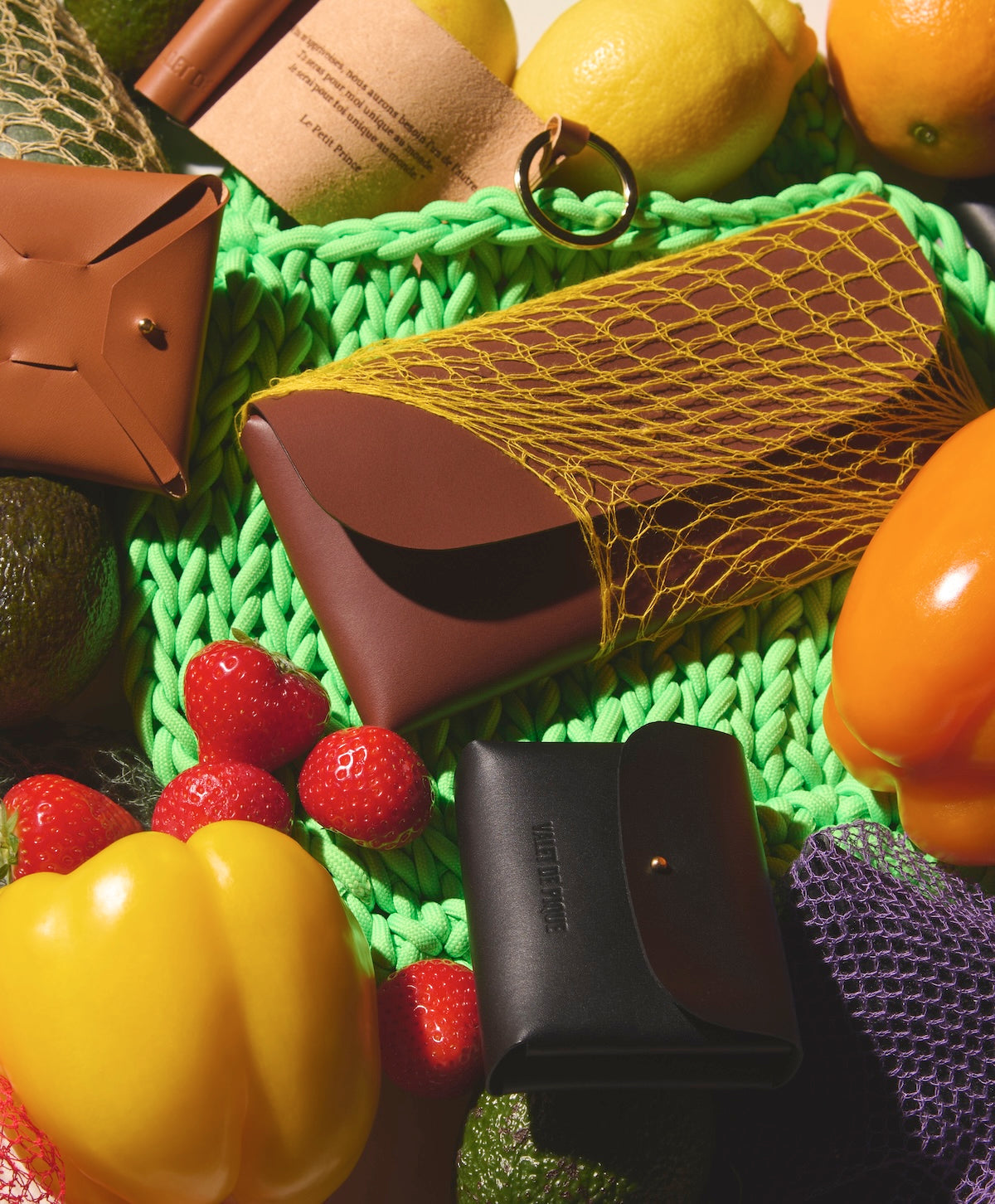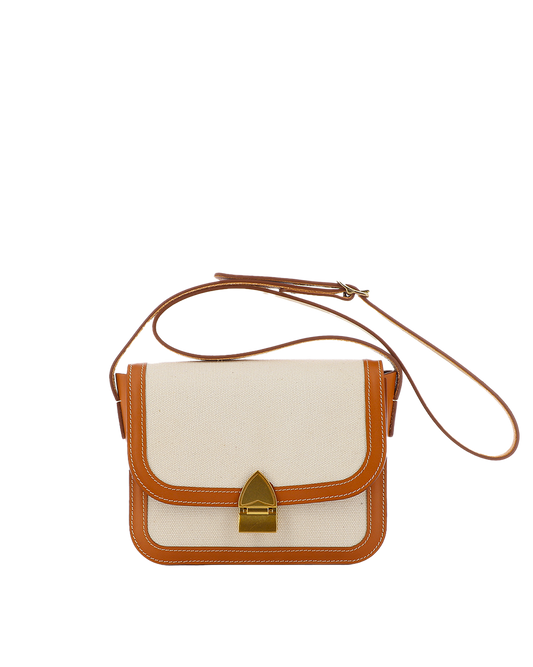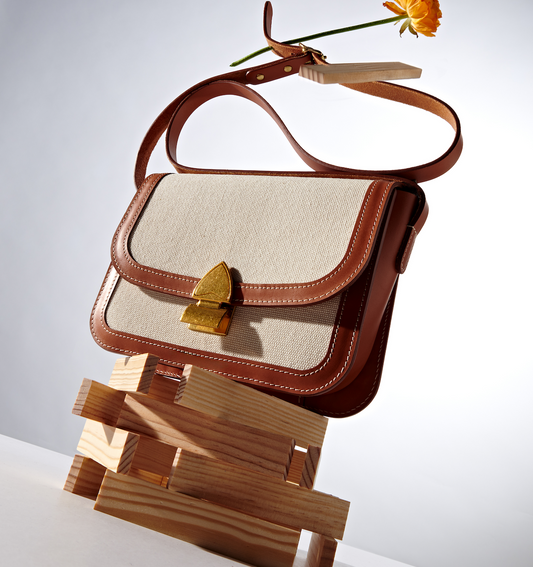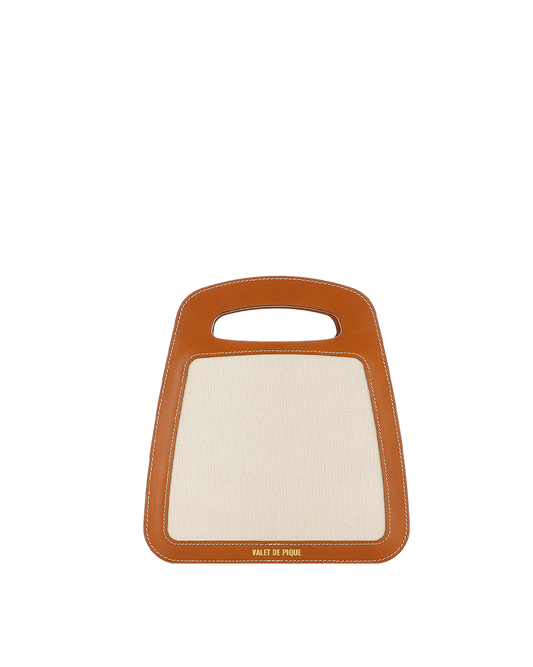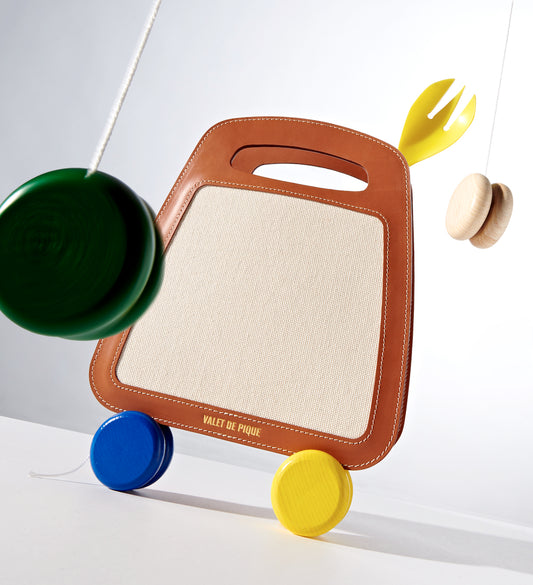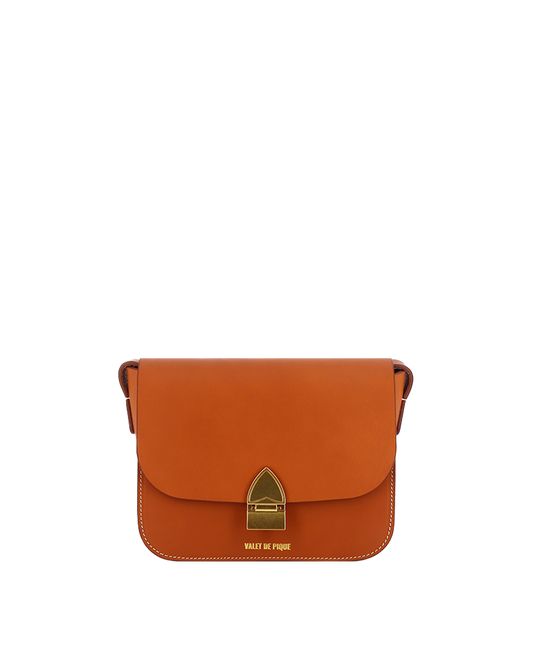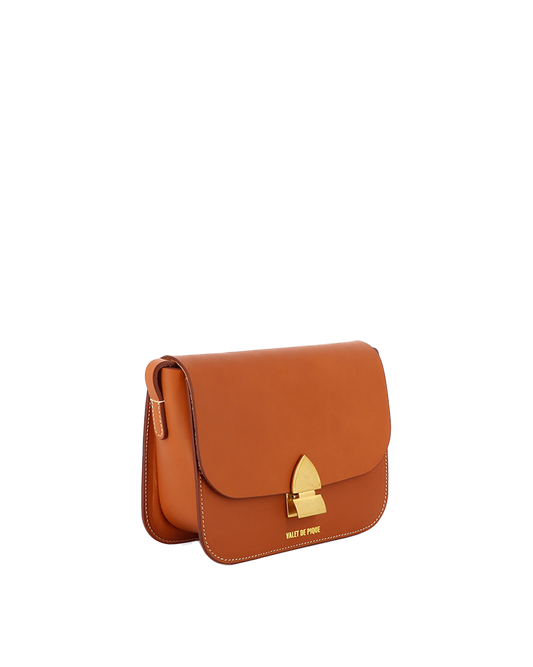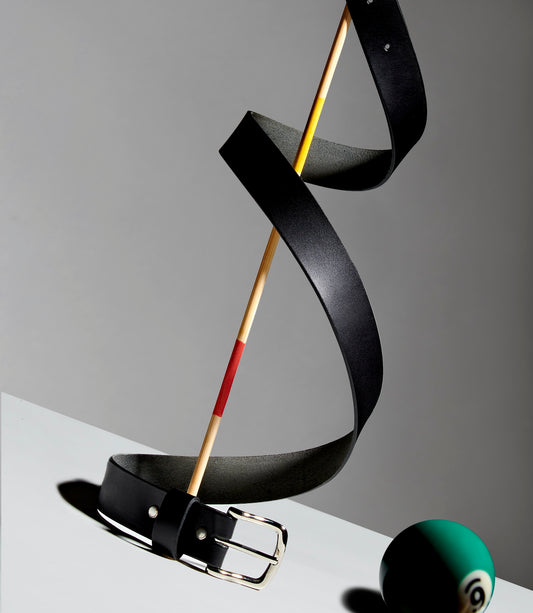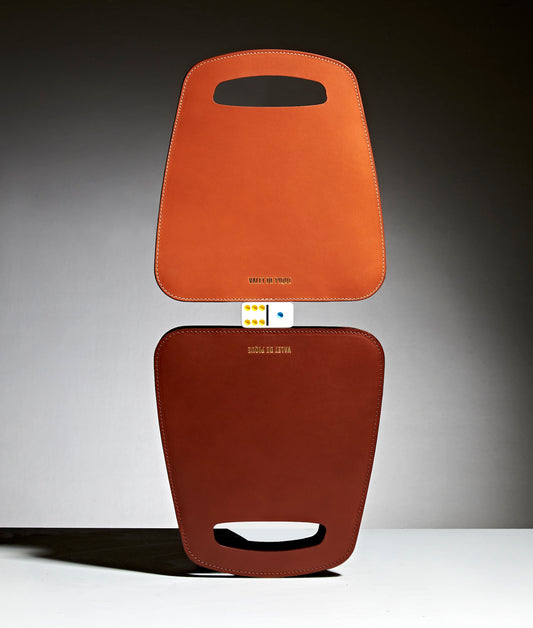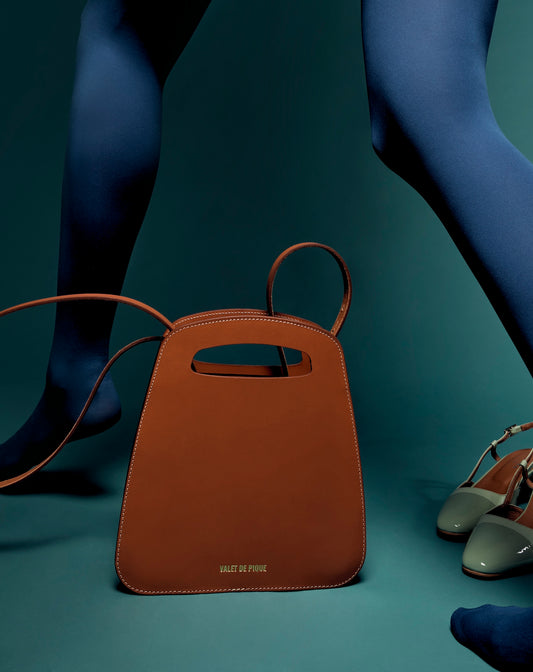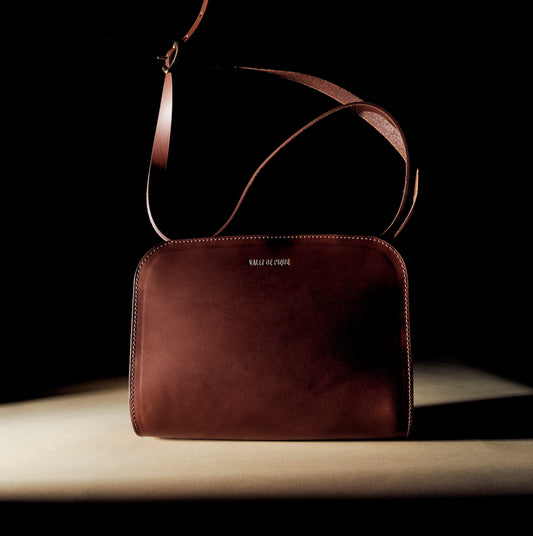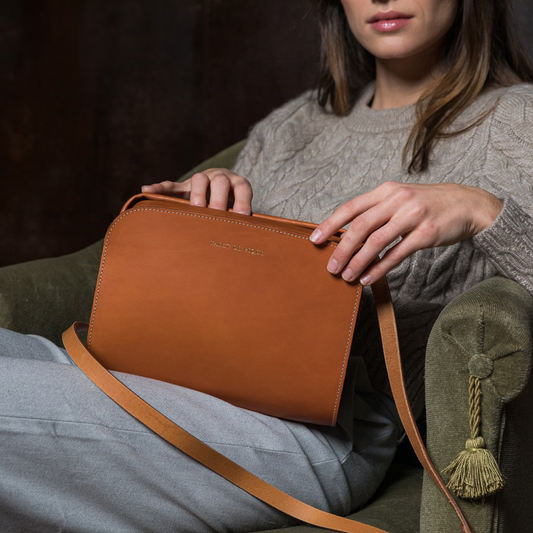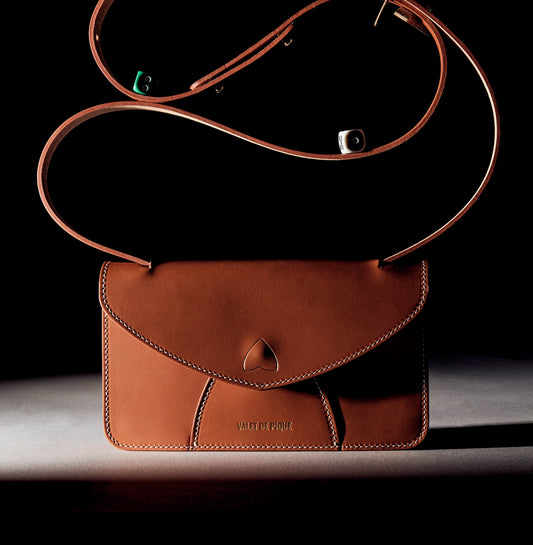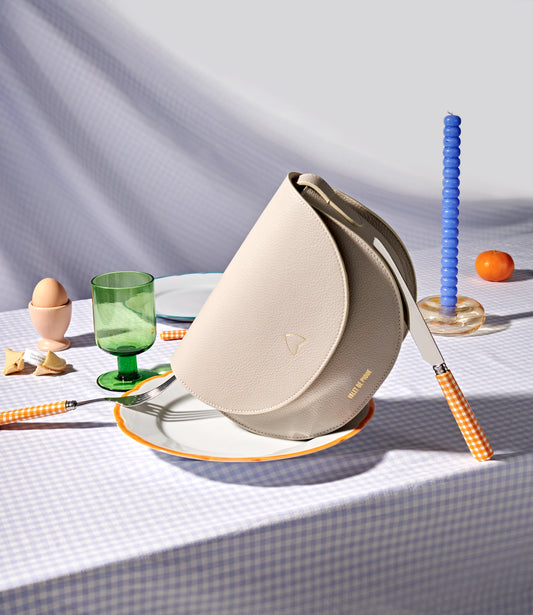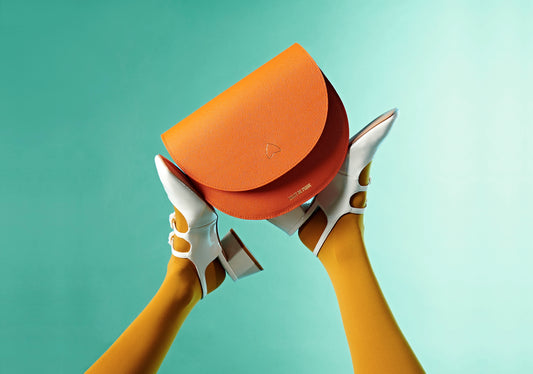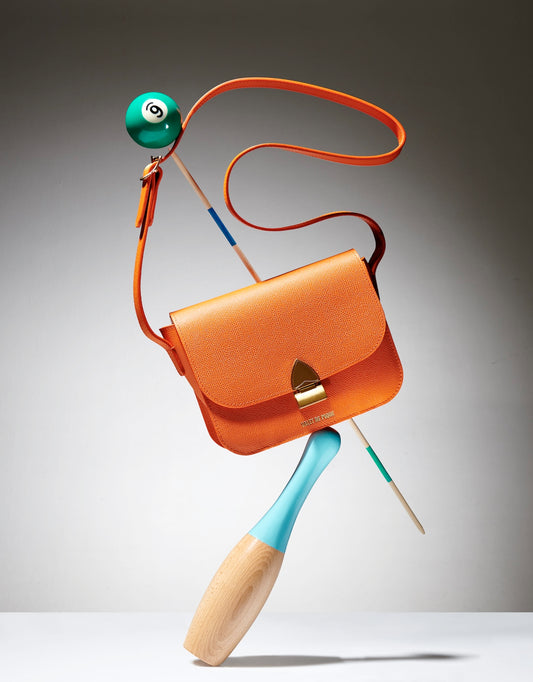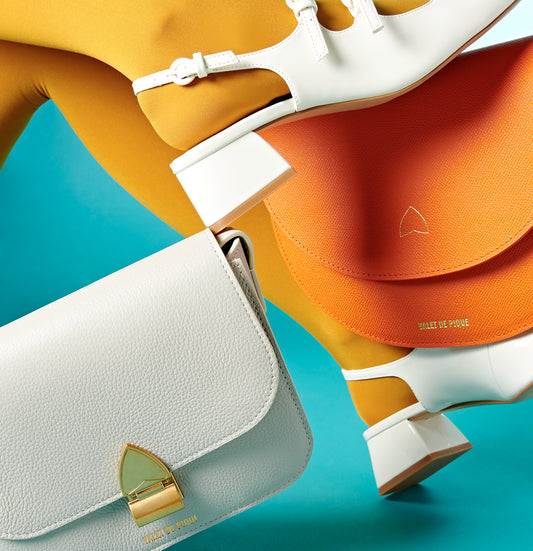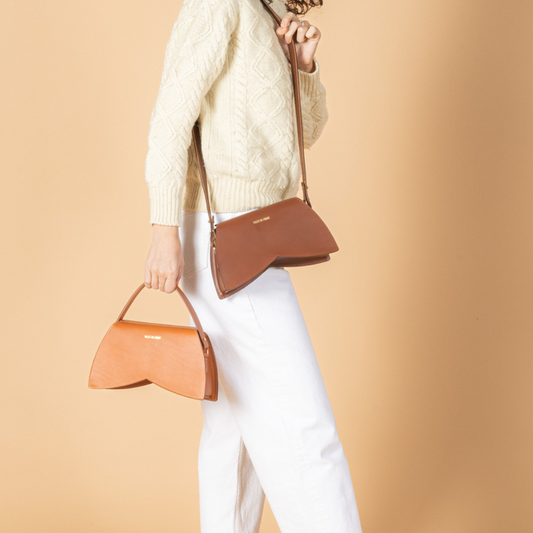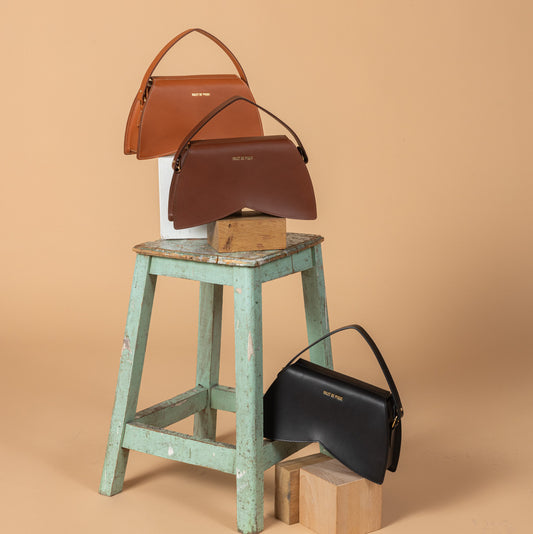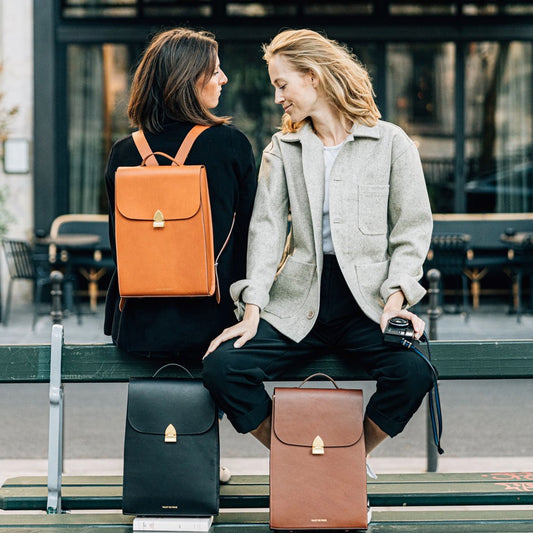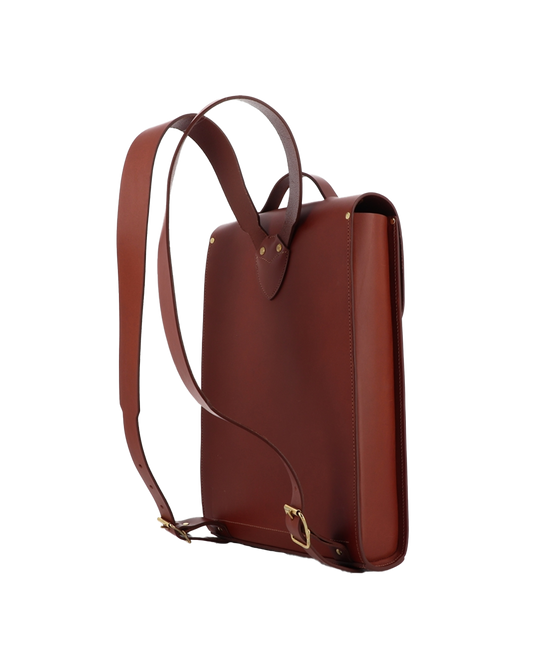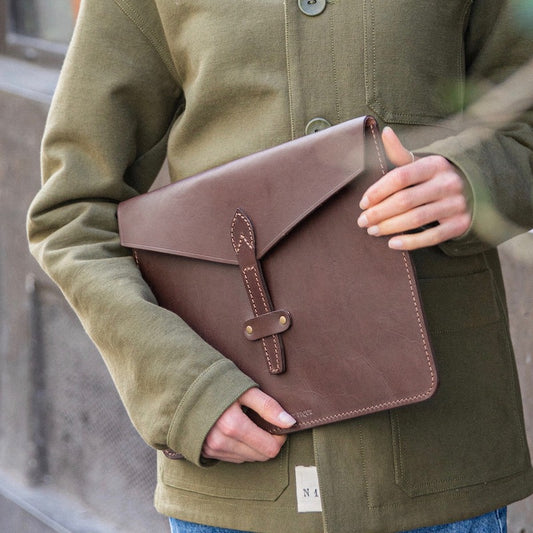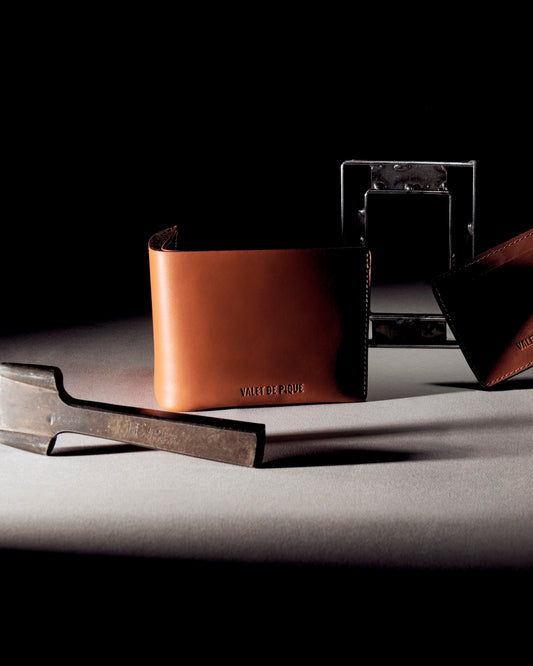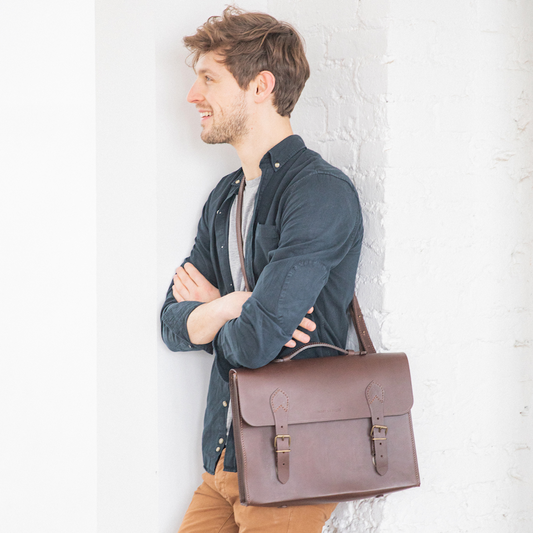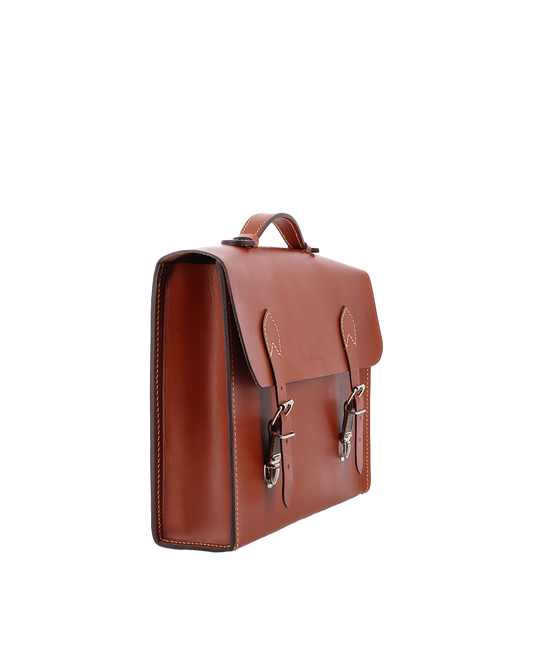In this article of our leather section we talk about the patina.
We all know that leather is a noble, natural and versatile material. Whether it's your beautiful leather boots, your leather watch strap, your Edmond leather bag or your leather jacket, this material ages in some way. For those of you who don't have a rawhide item, that is, non-grainy leather, you may be wondering: what's the big deal? The big deal can be summed up in one word: PATINE. But more than a problem, patina makes leather bags and all leather goods unique: each leather lives differently.
WHAT IS PATINA?
Just like your favorite jeans, leather ages and retains marks, developing a "patina" as oils from your skin and other environmental elements penetrate it. Patina is not a negative aspect, rather it is the main reason people fall in love with natural leather in its raw state. From a beautiful pale tan hue at first, it eventually turns into a whole range of browns through wear and use. It gives it a charm, a unique sheen. The handle softens and is made to fit your hand. Like a good pair of leather shoes, a leather goods item gets used to you, and can give you satisfaction for many years: Leather that is stiff at first, softens, and becomes richer with its marks.
Like a pair of jeans, you may not notice the daily changes. Instead, it's much more noticeable when the "before" and "after" images are paired together.
DOWNLOAD OUR GUIDE TO UNDERSTANDING ALL ABOUT LEATHER
WHAT DEVELOPS A PATINA?
Leather is not the only noble material that develops a patina. Wood, oilcloth, metal and even stone can also develop the characteristic sheen through use and exposure. The first two may be more apparent - on a wooden chair, the arms develop a patina from the oils on the skin of a person's hand, and oilcloth on a jacket or hat gets a similar look from exposure to sun and precipitation.
Metal and stone are less considered when it comes to acquiring a patina, but perhaps the most obvious example is New York City. The Statue of Liberty is made of copper, and in its original form had a deep golden appearance to the metal. However, after continued exposure to the elements and general oxidation, copper develops its characteristic green surface from chemical compounds in the atmosphere, much like the rivets on a pair of jeans.
Stone is another example that might not be particularly obvious unless an old facade is placed against a new stone one. Older stone tends to have a darker, weathered appearance due to continuous exposure to the weather and sun.
HOW DO I GET A PATINA ON MY LEATHER ACCESSORY?
In order to get a beautiful patina on your item, you need to do one simple thing: use it. That's the question: buy new leather with a vintage look or take the time to do your own patina. Unlike the quick fades on their jeans, which can be bought new faded, the difference on a leather goods item will be glaring. A natural leather patina will really not have the same aged look at all of a new leather sold as an artificially patinated leather travel bag. Over time, natural wear and tear, water splashes, oils from your skin, and even the sun can cause a patina to form: old school!
If you're one of those people who want a shortcut, there are many things you can do (like with jeans) to speed up the process. One of them may be to not be so careful when washing your hands while wearing a natural leather watch band. Another is to leave the item in the sun or wear it when it's raining or snowing outside. Sunlight will naturally tan the leather, and moisture from any precipitation will age it in the same way. It's the daily use that will make the difference.
Now you know what you have to do! Feel free to tell us in the comments what your most beautiful patina accessories are and what you thought of the article.
